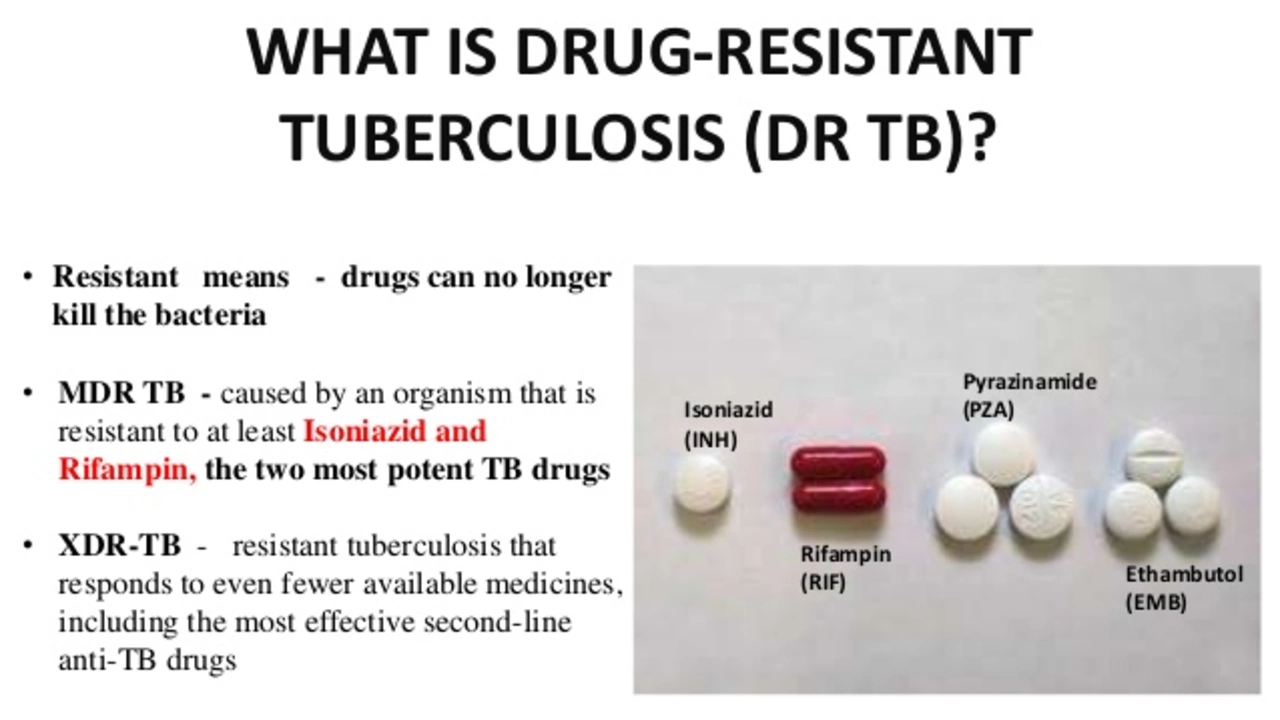Drug Resistance: What It Means and Why You Should Care
Drug resistance happens when germs—bacteria, viruses or fungi—change so medicines that used to kill them stop working. That makes common infections harder to treat, can lead to longer illness, and sometimes requires stronger drugs or hospital care. You don’t need a medical degree to help stop this. Small, everyday choices matter.
How resistance happens
Resistance develops when germs get exposed to medicines but aren’t fully killed. That can happen if someone stops antibiotics early, takes the wrong dose, or uses antibiotics for viral illnesses like colds. Overuse across society—too many prescriptions, easy access to antibiotics without a prescription, and heavy use in farming—also speeds resistance.
Another factor: using broad‑spectrum antibiotics when a narrow drug would do. Broad drugs wipe out lots of bacteria, including helpful ones, leaving space for resistant strains to grow. Diagnostics like rapid strep tests or culture-and-sensitivity reports help doctors pick the right drug instead of guessing.
Practical steps you can take
Finish the full course your clinician prescribes. If you feel better after a day or two, stopping early increases the chance resistant germs survive. Don’t share antibiotics or use leftovers—those meds might not match the current infection. Never pressure a provider for antibiotics for a viral illness; ask about symptom relief instead.
When you need antibiotics, ask if a narrow‑spectrum option or a shorter course is possible. Request testing if your infection isn’t improving—culture and sensitivity testing can point to drugs that still work. If you buy medicine online, use verified pharmacies and require a prescription. Unregulated sources can sell substandard or counterfeit antibiotics that drive resistance.
Prevention reduces the need for drugs. Get vaccinated for preventable infections, wash hands regularly, practice safe food handling, and avoid close contact with sick people when possible. If you work with animals or buy meat, look for producers who limit antibiotic use—less agricultural overuse helps everyone.
If an infection doesn’t respond to first treatments, see a specialist or infectious disease clinic. Resistant infections sometimes need IV therapy, combination drugs, or longer monitoring. Keep records of past infections and treatments—knowing what failed before helps clinicians choose the next step.
There are promising approaches in research—like rapid diagnostics, new antibiotics, and targeted therapies—but the fastest win is smarter use of the drugs we already have. Your behavior, from taking meds properly to choosing trustworthy pharmacies, directly affects how quickly resistance spreads.
Want a simple checklist? Finish prescribed courses, don’t self-medicate, confirm prescriptions with a clinic, use verified pharmacies, vaccinate, and practice good hygiene. Those moves cut risk for you and slow resistance for everyone.

